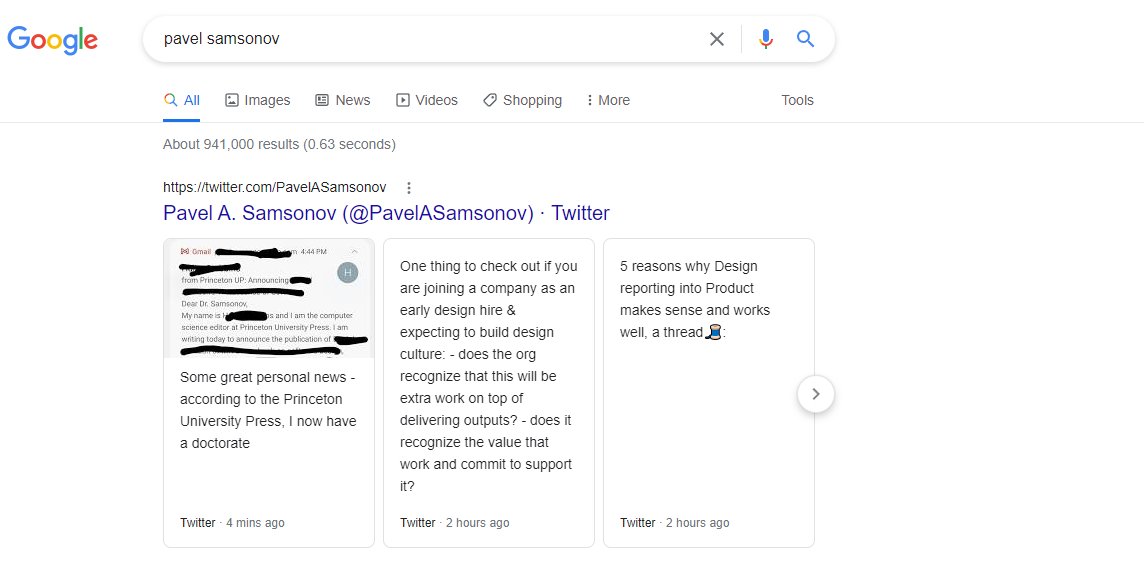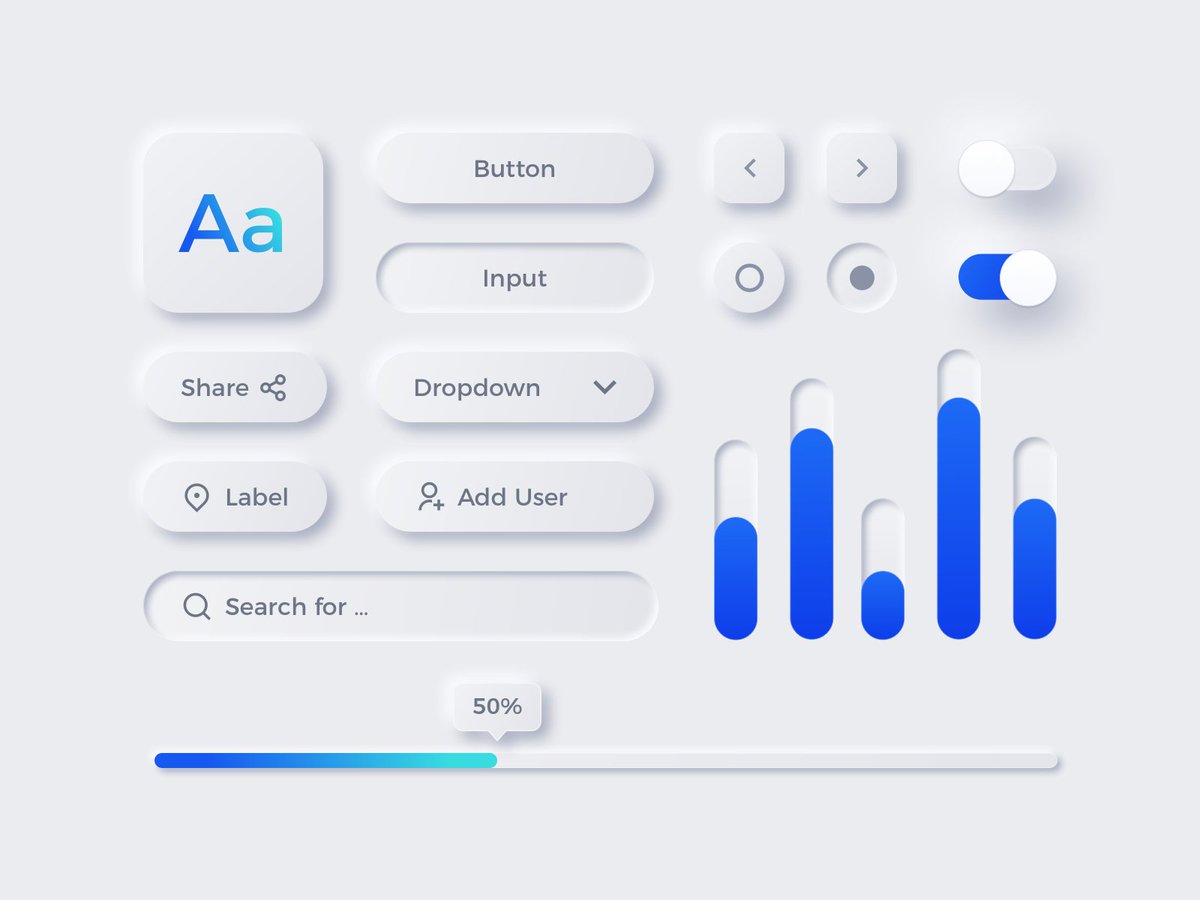
5 reasons why Design reporting into Product makes sense and works well, a thread🧵:
Hopefully these weighty and convincing arguments settle this discussion once and for all!
Which of the arguments did you find most convincing?
• • •
Missing some Tweet in this thread? You can try to
force a refresh






